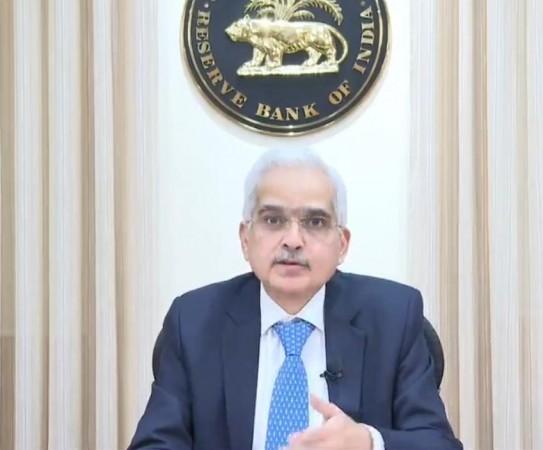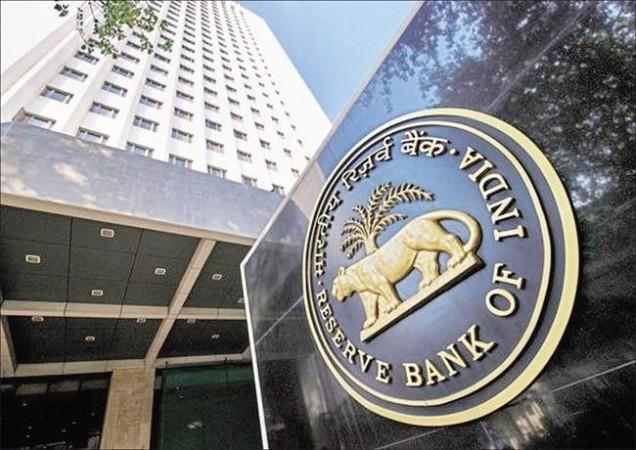
The Reserve Bank of India (RBI) announced a projected GDP growth of 7.2% for India in the fiscal year 2024-25. This projection, made on August 8, 2024, is based on the strength of investment demand, steady urban consumption, and rising rural consumption. The RBI Governor also highlighted the improving monsoon conditions, which are expected to support rural demand, and the steady momentum in manufacturing and services, suggesting a robust urban demand.
The RBI's decision to maintain a steady repo rate at 6.50% was influenced by several factors. The central bank is focused on bringing down inflation to its 4% medium-term target. It also aims to support economic growth amidst global economic uncertainties. The resilience of India's domestic economic activity, the improving monsoon, which supports rural demand, and the steady urban consumption were also considered.
The RBI also noted the healthy balance sheets of banks and the overall financial stability in its policy decisions. The central bank's decision to hold the repo rate steady also reflects its assessment of these external factors and their implications for domestic economic conditions.
The international market, particularly global commodity prices, has played a significant role in the RBI's policy decisions. The moderation in international commodity prices, including food, energy, and base metals, has been a favorable factor. This eases inflationary pressures, allowing the RBI to maintain a steady monetary policy stance. However, the RBI remains watchful of any potential upward bias in cost-push pressures and the impact of geopolitical events that could disrupt commodity prices and thereby affect inflation expectations and economic stability.

The RBI has taken several measures to support financial stability and encourage economic growth amidst global uncertainties. These include maintaining a steady repo rate to balance inflation control with supporting growth, retaining a hawkish stance to bring down inflation towards the 4% medium-term target, and injecting liquidity through various operations to ensure financial markets function smoothly.
The RBI has also allowed wider non-resident participation in Sovereign Green Bonds and streamlined the process for on-boarding AePS service providers to enhance financial inclusion. It is encouraging the use of digital payments and exploring the issuance of a digital euro, while also addressing risks in fast markets.
The central bank is supporting infrastructure development, including the growth of a world-class road network by 2037, and promoting private investment through measures like the RBI Retail Direct Scheme. The RBI is also enhancing the security of digital payments, proposing a principle-based framework for authentication, and allowing Small Finance Banks to use more interest rate derivative products for hedging.
It is considering the introduction of offline capability for CBDC retail payments to improve access in areas with limited internet connectivity. The RBI is also facilitating investment and trading in IFSC to attract foreign participation and deepen financial markets. These measures reflect a comprehensive approach to maintain financial stability, encourage investment, and sustain economic growth in a challenging global environment.
The RBI's recent policy decisions and measures reflect a proactive and comprehensive approach to managing the challenges posed by global economic uncertainties. By balancing inflation control with growth support, enhancing financial inclusion, promoting digital payments, and supporting infrastructure development, the RBI is working to ensure financial stability and sustain economic growth in India. The central bank's actions are reminiscent of similar measures taken by central banks worldwide during periods of economic uncertainty, demonstrating its commitment to maintaining India's economic resilience in the face of global challenges.








